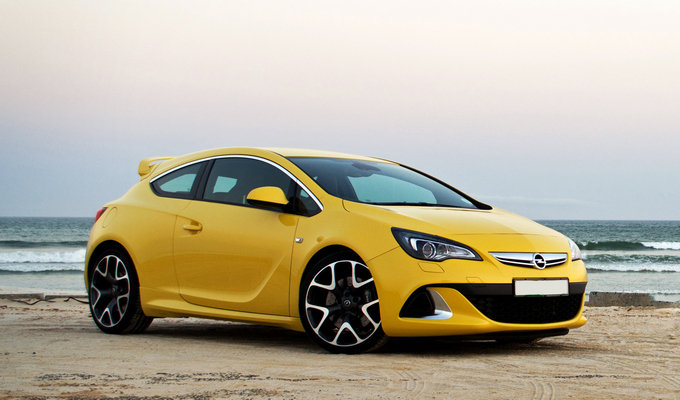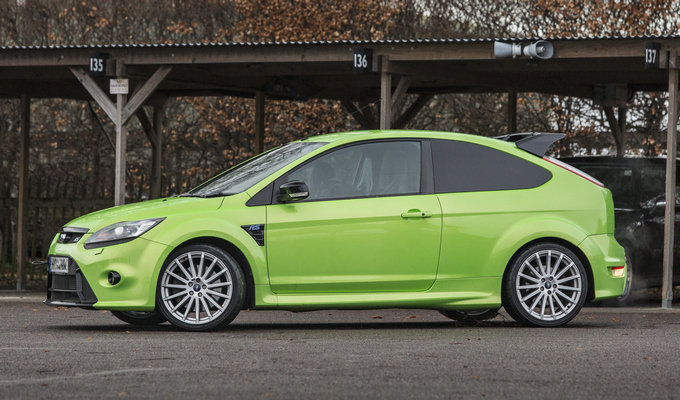What is a Hatchback Car?
Hatchback is a very popular body type in shape these days. It can be described as follows. The main feature is that the rear of the car is lowered after the first or second row of passenger seats, unlike a sedan.
Most vehicles that have such a rear are compact or small cars. There are countless examples of versions of hatchback vehicles in the past, even as classic cars.
But not only compact or small cars can have such a body shape. Some sports cars are also hatchbacks. This always depends entirely on the design of the vehicle and the purpose it serves.
Bright examples are the Opel Astra, Ford Focus or Mazda3.

This rear part of the body has certain advantages: it is aerodynamic, relatively light in weight (which also has a positive effect on consumption), and a larger tailgate for the luggage compartment is created by this shape.
But to ensure good aerodynamics, the hatchback must be well designed, otherwise there may be a negative effect, as there may be higher air resistance than, for example, sedans.
Hatchback and its advantages
An advantage of a hatchback is its shape, which is relatively aerodynamic. However, a hatchback, if poorly designed, can sometimes achieve higher air resistance than other car body shapes.
Another plus of this body shape is that a large tailgate for the luggage compartment has been created. Thus, the loading and unloading of things is facilitated. In addition, the weight of hatchbacks is usually less, so the consumption of such cars is more economical.
A big advantage that you have with the hatchback is the trunk. Because here, thanks to the body shape and the arrangement of the opening mechanisms, much more can be stowed than in the saloon.
The large tailgate is simply much more comfortable when loading and unloading the entire vehicle. Here the function is similar to a station wagon. Nevertheless, the vehicle does not weigh as much as a station wagon. So, fuel can be saved here again.

